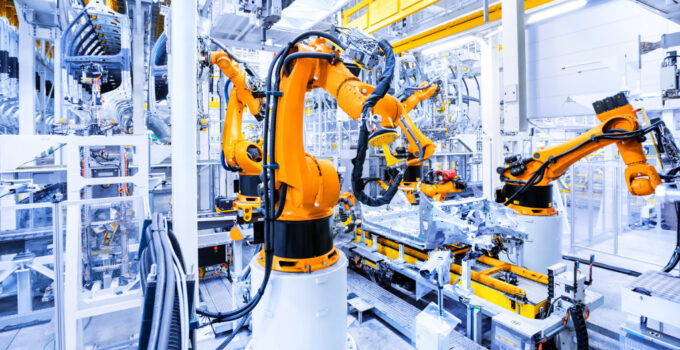Times are changing, and so does the world we live in. This includes the technological advancement in the automation industry. In the wake of the COVID-19 pandemic, that didn’t stop inventors from making new industry trends in the automation field.
In fact, more technological advancements are popping out every day. This means that we are propelling forward and are driving innovation among companies, which is a very good thing as this promotes a competitive environment that will benefit consumers in the end.
Not only are these technologies creating safer and more reliable systems, but it also creates a more convenient world for all of us as we can now do more important matters instead of spending our time on repetitive tasks.
If you haven’t caught up with the latest developments in the automation industry, then stumbling upon this article is no accident. With that said, let’s have a look at these advanced developments, shall we?
Page Contents
Artificial Intelligence

img source: surveycto.com
The capabilities of Artificial Intelligence (AI) are expanding as years go by. AI today is not only found in gadgets alone but also in automation industries as well. With AI being a self-learning piece of tech, it allows manufacturers to utilize it to its fullest.
Aside from providing the utmost quality procedures inside the factory, AI is also a big aid for preventive maintenance to ensure everything works as intended.
This allows automation industries to locate errors as soon as they show up and provide a solution for them.
Most importantly, AI is the one responsible for collecting consumer data to be used by such industries, Thus, allowing them to provide better products and services based on feedback and suggestions from consumers.
Filling Machines
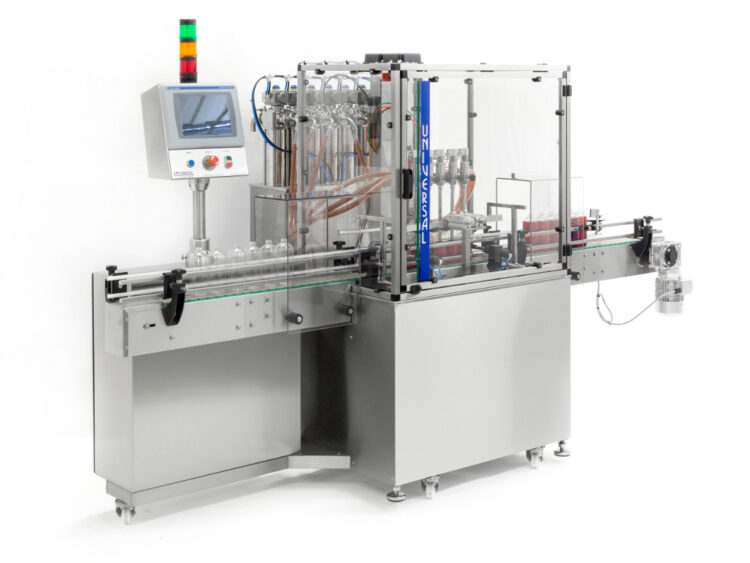
img source: universalfilling.com
Companies also provide a variety of products to consumers including gas, oil changer, and more. Instead of packing them manually, the automation industry now finds it more convenient to use an LPE can filling machine to process these products faster and easier, more information you can find at levapack.com.
These machines can fill containers accurately no matter the viscosity level. Aided by the power of PLC programming, LPE filling machines can do more with a few modifications.
What’s more, they are also used not only for automation companies but other ones including food and beverage too.
With the high demand for products and supplies, the use of such machines has been a big step up for the industry. What was once done manually is now made quickly and easily with the help of filling machines.
Filling machines also come in various types depending on the kind of content they can fill. This includes powder, liquid, solid, semi-solid, and more. The machines also come in different sizes too.
Autonomous Mobile Robots
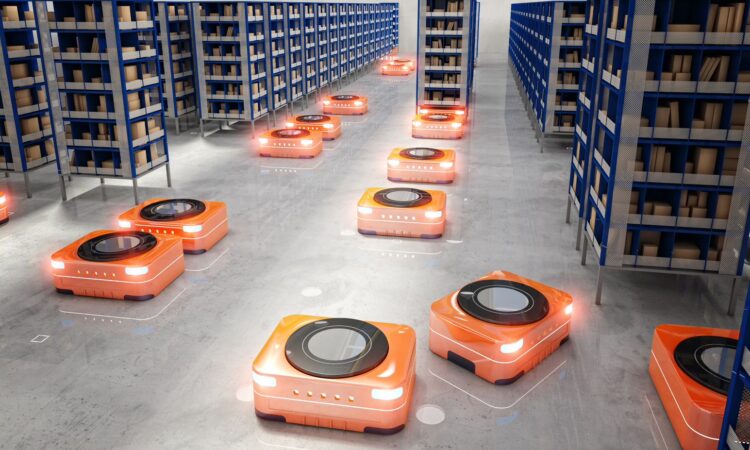
img source: interactanalysis.com
Gone are the days where manufacturers needed lots of manpower to do tasks. Thanks to robots, everything is now possible to be made quickly and efficiently. One example would be “Autonomous Mobile Robots” or AMRs for short, which are also powered by AI.
Since demand is consistently rising day by day, the need for rapid product development becomes greater. With the help of these robots, manufacturers are now able to fulfill the gap between supply and demand in just a short period of time.
Automating product development and manufacturing is the solution for the ever-growing demand in the market today, and these robots are the perfect match for that!
So you might be wondering, are these robots already capable enough to replace human workers in the future? No, because just this is also a type of machine that will be operated by humans.
Instead of being a replacement, robots are like a tool that enhances the output of human workers. Thus, making them more productive and efficient inside the factory thanks to this kind of tech.
A good example of this is Logos Pack, a reputable flexible packaging pouch manufacturer that uses the latest technologies to ramp up production in the most cost-efficient way possible
Cloud Computing
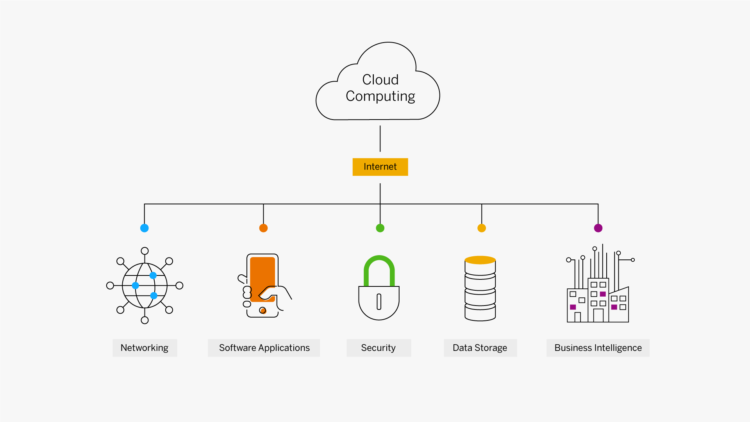
img source: insights.sap.com
Keeping up the pace of consistent data is now made possible with cloud computing. With automation industries having to deal with huge chunks of data every day, cloud computing acts as a helping hand to keep these data flowing consistently.
The data that is carried out with the help of the cloud can be used in a variety of ways. This includes constant communication with other robotic devices, machines, statistic recording, and machine management just to name a few.
Cloud computing provides a streamlined experience that ensures every piece of equipment is working as it should be. Combined with the power of artificial intelligence, you’ll get the best of both words of consistency and efficiency like no other.
Internet of Things
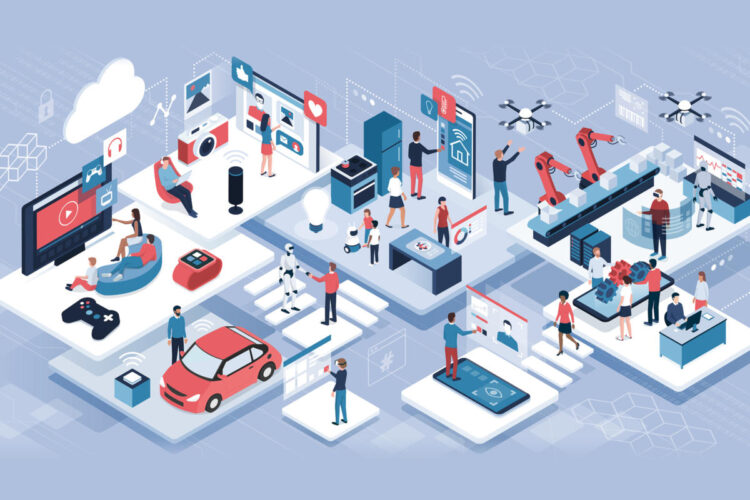
img source: neuralsoftsolutions.com
Cloud computing will never be complete without the Internet of Things. With the help of IoT, it allows factories to gain greater control of data and devices. This includes monitoring and gathering insights to improve the overall performance of the product development process.
The Internet of Things is everywhere. Manufacturers can also utilize this to implement in their products as well.
For example, Samsung’s smart fridge is an appliance that is equipped with IoT. The same goes for smartwatches, smart door locks, smart homes, smart security devices, and the like.
Cloud computing and IoT work together to provide a wireless and precise way to process data. The best part? It can store, flow, and process huge amounts of data too, which is important for manufacturers that are always on-demand.
This piece of tech is very valuable just like the rest mentioned earlier. According to a statement by Forbes Projects, they have invested more than $267 billion for IoT alone last year.
Included in the budget are transportation, logistics, and of course, automation industries.
24-Hour Non-Stop Operations
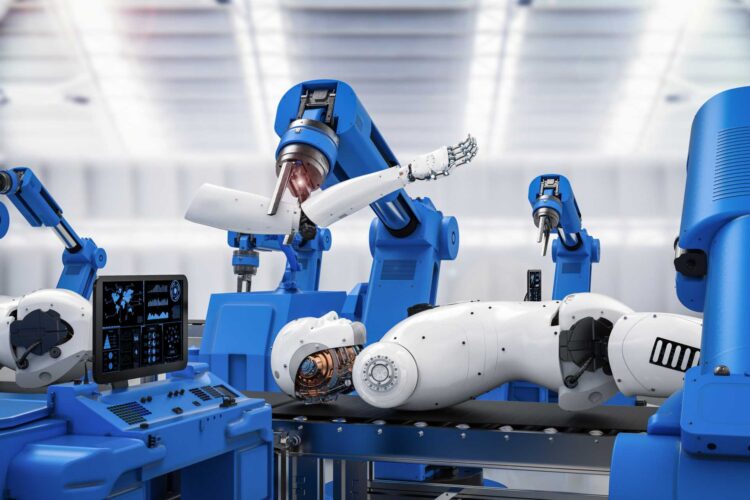
img source; themanufacturer.com
This one is a culmination of all the listed technological marvels above. With the high demand for products in recent times, this automated industrial tech is now capable of efficient 24-hour processes.
Although 24-hour operations have already existed back then, it’s not as efficient and precise of what they are now. Human labor is still at its peak, especially in the early 80s to 90s where factories don’t have a taste of modern technology just yet.
Fast forward today, 24-hour operations have also vastly improved along with the technology that surrounds it. Thus, allowing manufacturers to save money from additional labor costs just with the help of machinery and tech combined.
Conclusion
The industrial automation industry has also grown over the years just like the technology it uses.
With the ever-growing innovation of tech, we will likely see more sophisticated marvels in the years to come. And only time will tell how it affects the industrial automation industry once again on another level.

